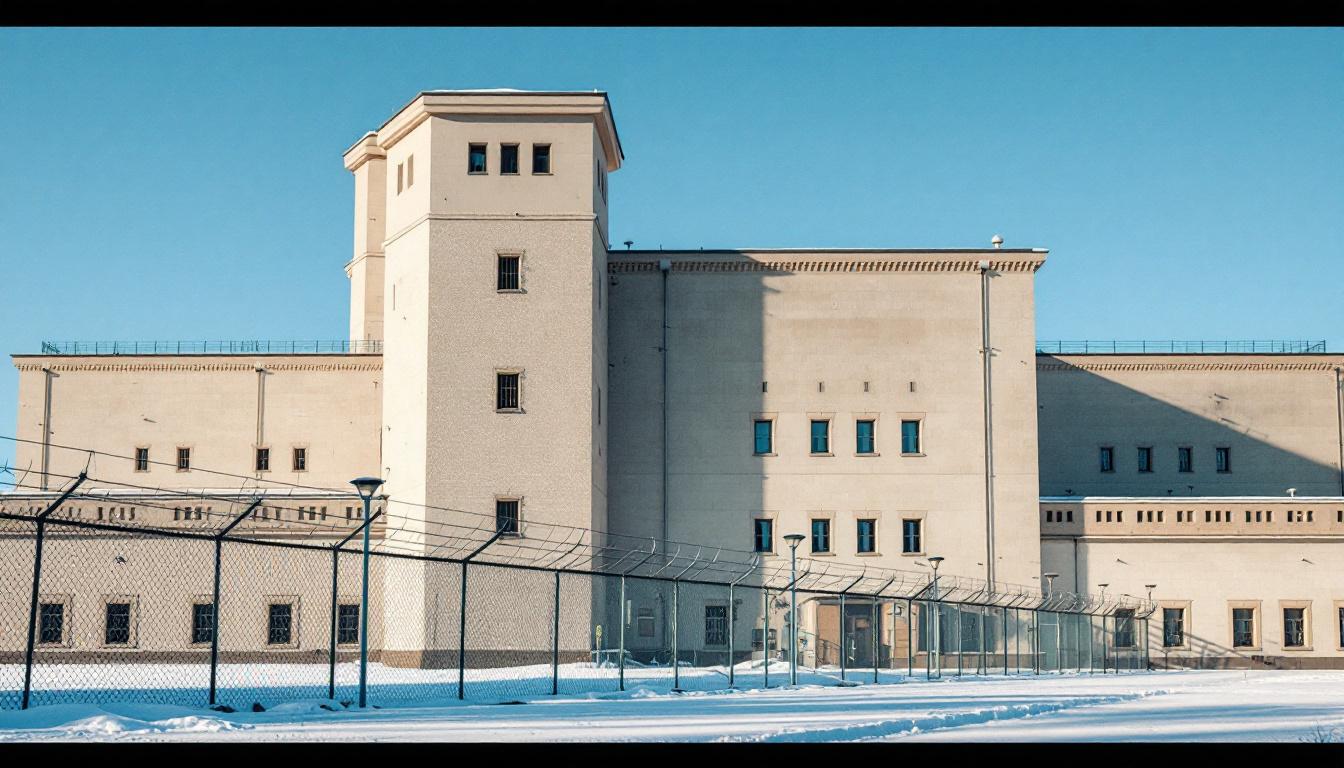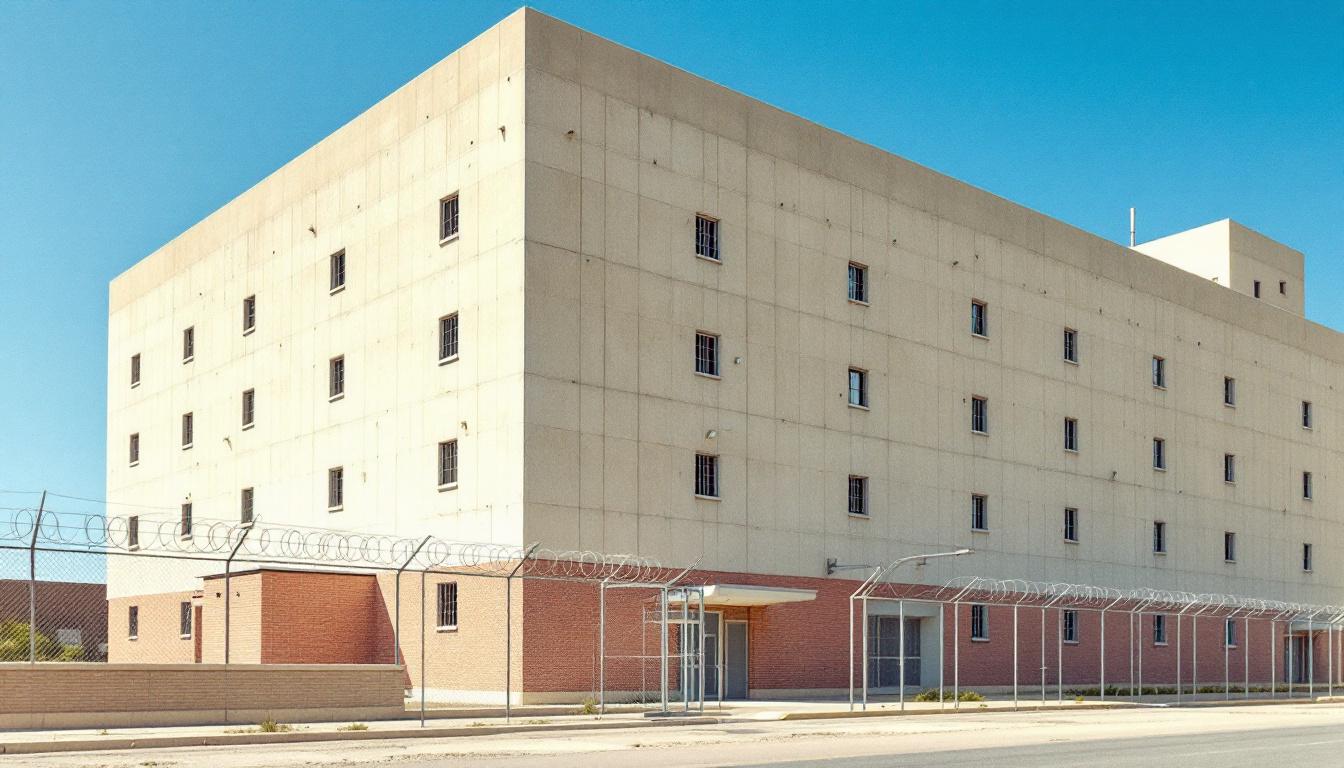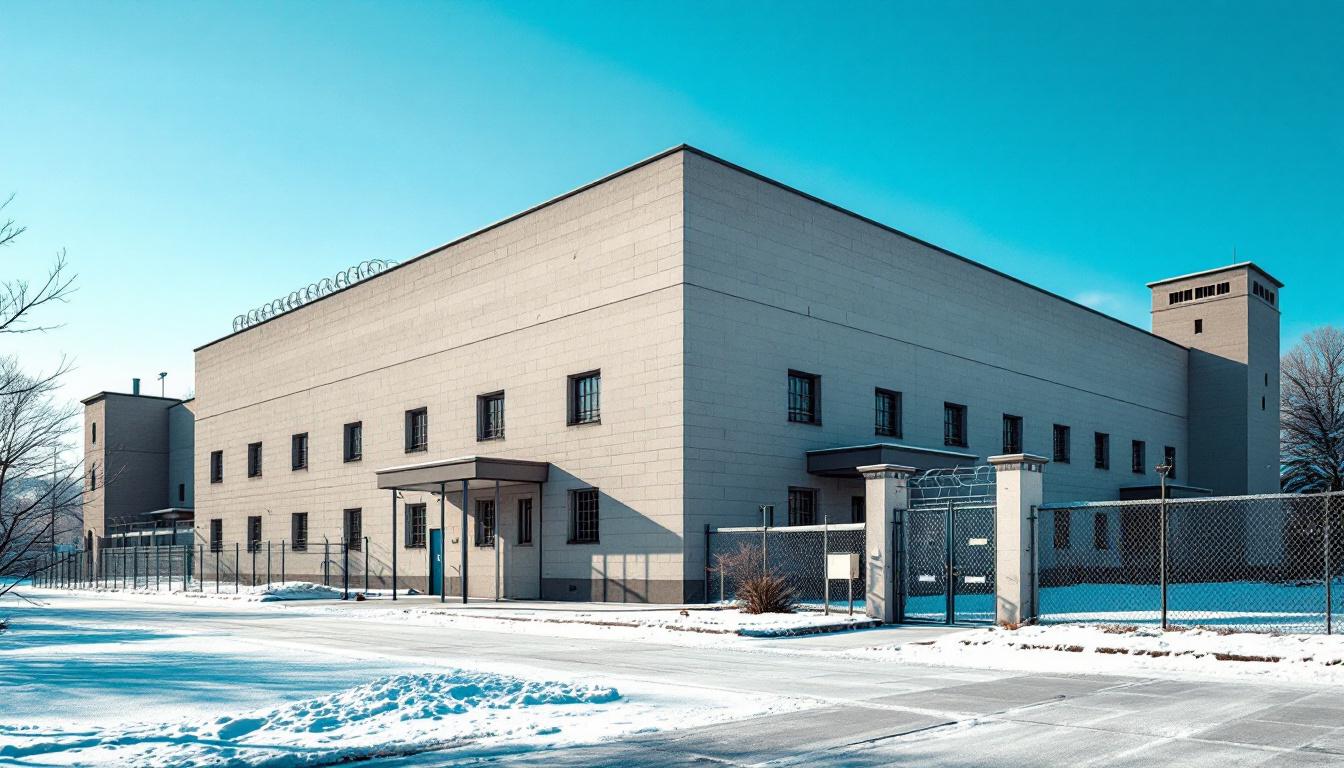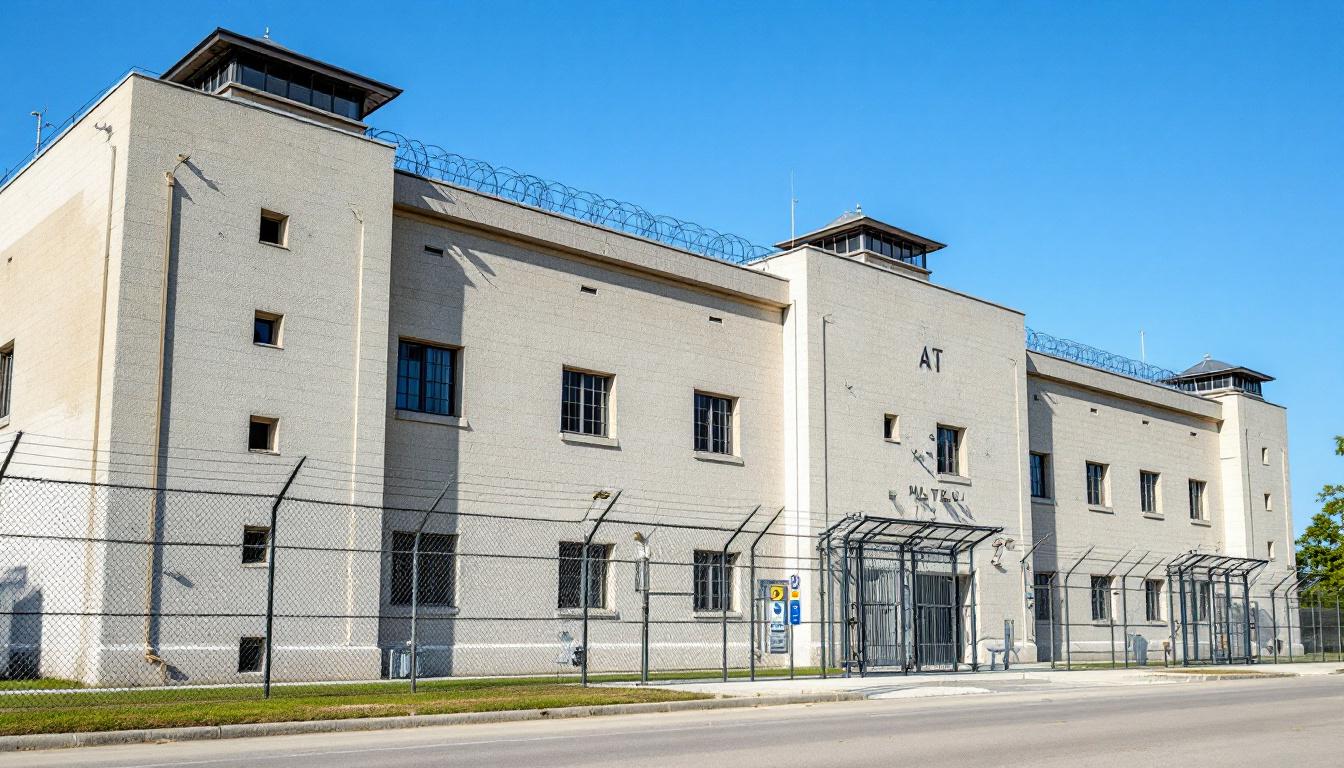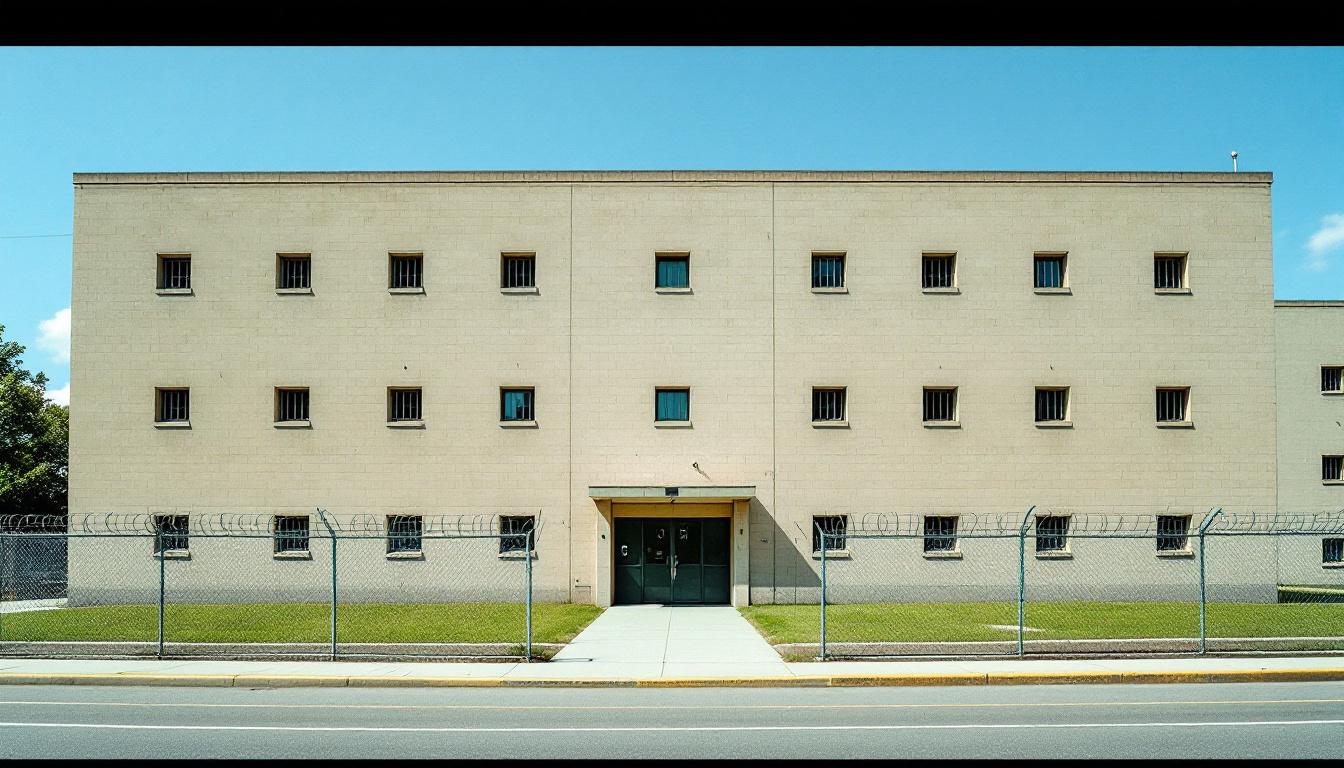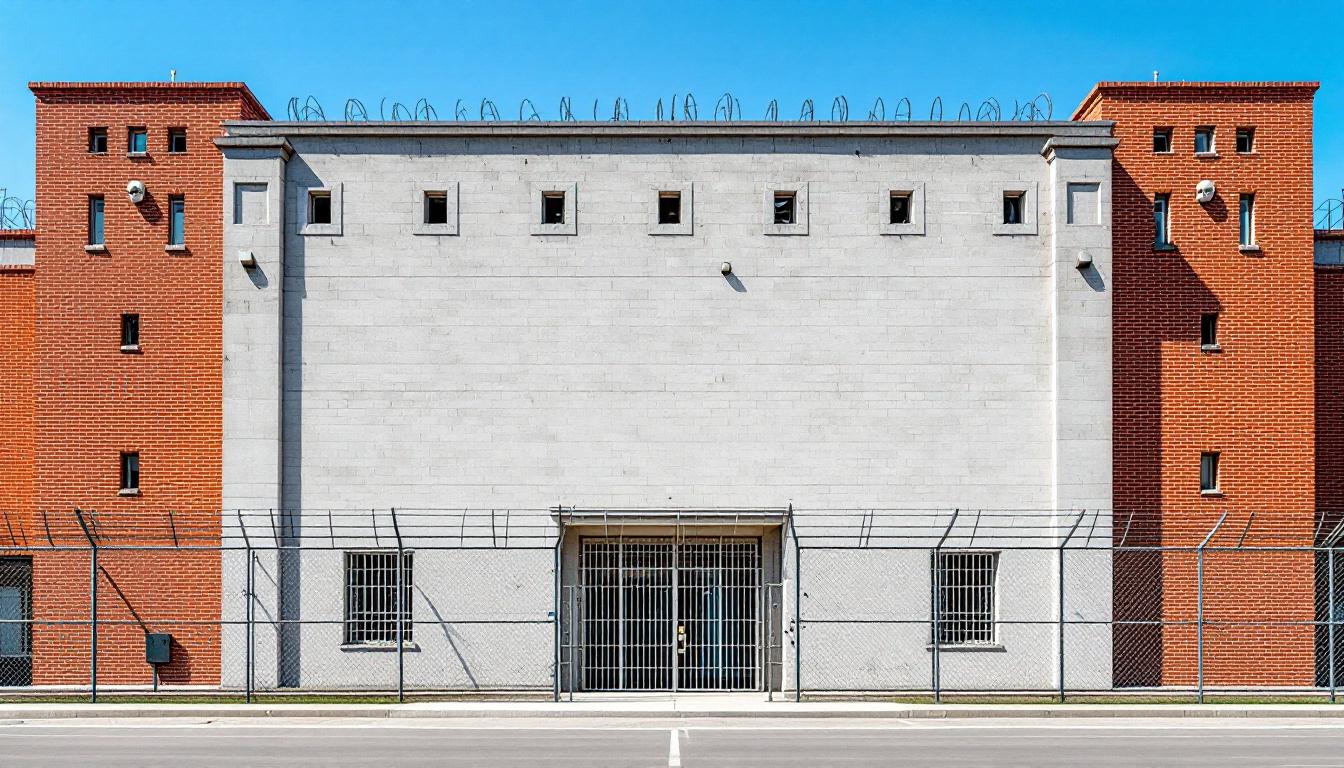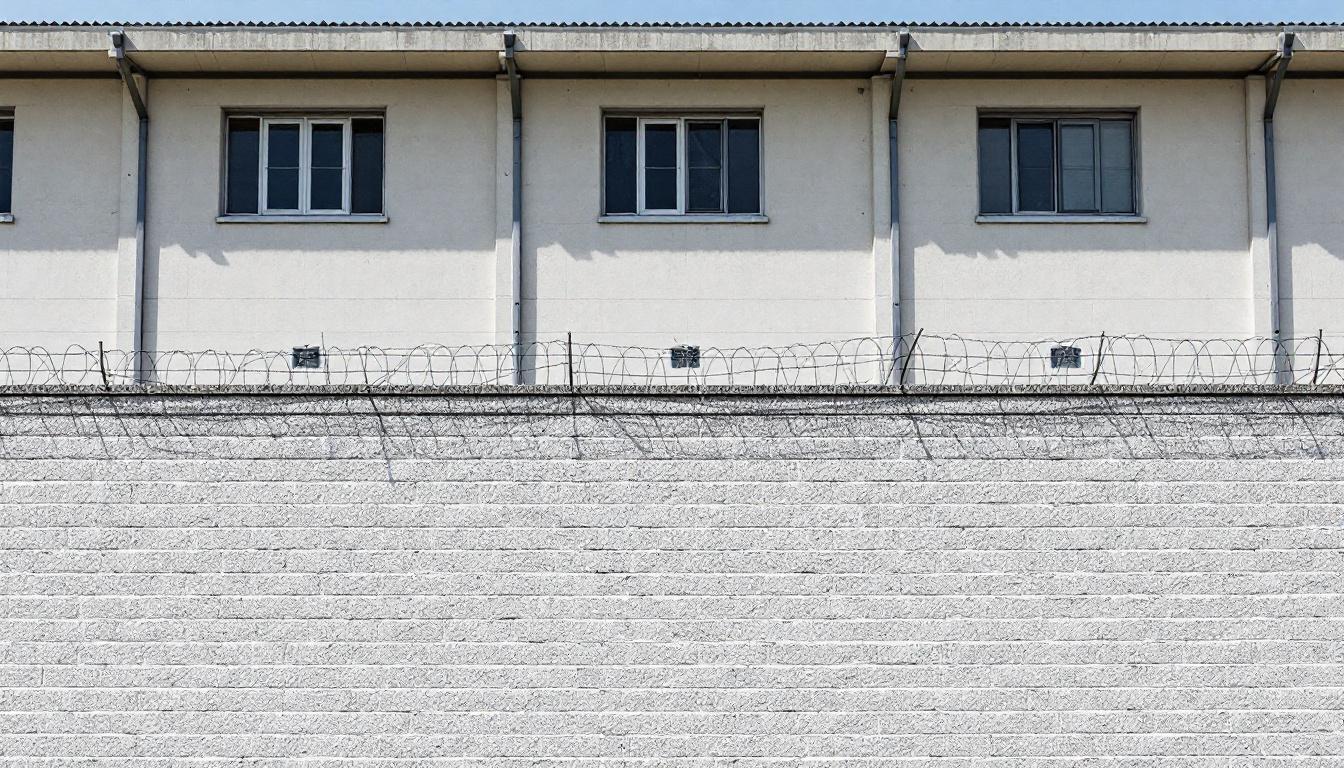
Quick Navigation
How to contact an inmate at Arizona State Prison-Ft Grant
This comprehensive guide will walk you through how to connect with an inmate at Arizona State Prison-Ft Grant. Follow the steps below to find an inmate and send letters and photos:
- Search for the inmate using our search tool below
- Create your account or log in to Penmate
- Write your message (up to 6,000 characters)
- Send instantly - inmates receive printed copies daily
Find an Inmate
Search for an inmate to start communicating today
Tip: You can search by first name, last name, or inmate ID number
To contact a person at Arizona State Prison-Ft Grant start by searching for the person on the facility website. Perform a search by following these steps:
- Step 1: Enter their first name and last name into the search form and click "Search"
- Step 2: Locate their inmate record
- Step 3: Write down their Inmate ID and any housing information provided
Important! Be sure to enter the person's full name. Nicknames should not be used.
How to Send Messages to Inmates

You can use your phone or computer to send emails, letters, and photos to an inmate. Messages are sent electronically to inmate tablets or kiosks at the facility. If you would like to send a message, start by searching for an inmate at Arizona State Prison-Ft Grant.
Sending Photos and Postcards

A great way to send love and support to a loved one at Arizona State Prison-Ft Grant is to send photos and postcards. It only takes a few minutes to send photos from your phone and it makes a huge difference. You can also mail postcards with words of support and inspiration, or design your own postcard for special moments like birthdays and holidays.
Important! Be sure not to send any explicit photos or they may not be approved by the facility. You can also use a photo printing app like Penmate to make sure your photos are printed at the correct size (4x6 or 3x5) and are mailed according to the rules and regulations of Arizona State Prison-Ft Grant.
Frequently asked questions about Arizona State Prison-Ft Grant
-
How long does it take to deliver a message?
If you're sending an email message your letter is usually delivered within 24-48 hours. For messages sent via mail you should expect delivery within 3-7 days. All messages will need be approved by Arizona State Prison-Ft Grant.
-
How much does it cost to send a message to Arizona State Prison-Ft Grant?
You can send a message free using your phone or mail a message via USPS for the price of a $0.60 stamp and envelope. You can also purchase credits or e-stamps from services starting at $1.99.
-
What services can I use to contact an inmate at Arizona State Prison-Ft Grant?
Penmate
You can use Penmate to send letters and photos to an inmate from your phone. It's an easy way to stay in touch during your loved one's incarceration. Use the inmate locator to find an inmate's location and contact information, then you can send messages within a few minutes.
Securus messaging
Securus may be another option for communicating with an inmate at Arizona State Prison-Ft Grant. You can create a friends and family account and purchase credits to send messages. All messages will be reviewed and must be approved by the facility.
JPay
Some county jails and state prisons may support sending messages with JPay. You must register an account with the system, find your loved one, and purchase stamps to send messages. For some locations you can also attach photos.
Smart Jail Mail
You may also check if Smart Jail Mail is available at Arizona State Prison-Ft Grant. Smart Jail Mail is operated by Smart Communications and has contracted with some state and county jails. After purchasing credits, your messages and photos are sent to the facility, printed out, and then handed out to your loved one.
-
What is the mailing address of Arizona State Prison-Ft Grant?
Mailing address:
Arizona State Prison-Ft Grant
15500 S Ft Grant Rd
Willcox, AZ 85643
Phone: (928) 828-3393Business hours:
- Monday: Open 24 hours
- Tuesday: Open 24 hours
- Wednesday: Open 24 hours
- Thursday: Open 24 hours
- Friday: Open 24 hours
- Saturday: Open 24 hours
- Sunday: Open 24 hours
-
What are the visiting hours at Arizona State Prison-Ft Grant?
Visiting hours at Arizona State Prison-Ft Grant vary by housing unit and security level. Generally, visits are scheduled on weekends and holidays, with some facilities offering weekday visits. Contact the facility directly at (928) 828-3393 or check their website for the current visiting schedule. Visits typically last 30-60 minutes and must be scheduled in advance.
-
What items are prohibited when sending mail to Arizona State Prison-Ft Grant?
Prohibited items typically include: cash, personal checks, stamps, stickers, glitter, glue, tape, staples, paperclips, polaroid photos, musical or blank greeting cards, hardcover books, magazines with staples, and any items containing metal or electronics. Only send letters on plain white paper with blue or black ink. Photos must be printed on regular photo paper (no Polaroids). Always check with Arizona State Prison-Ft Grant for their specific mail policies.
-
How do I send money to an inmate at Arizona State Prison-Ft Grant?
You can send money to an inmate at Arizona State Prison-Ft Grant through several methods: 1) Online using JPay, Access Corrections, or the facility's approved vendor, 2) Money orders mailed directly to the facility with the inmate's name and ID number, 3) Kiosks located in the facility lobby, or 4) Over the phone using a credit or debit card. Fees vary by method, typically ranging from $2.95 to $11.95 per transaction.
-
Can I schedule a video visit with an inmate at Arizona State Prison-Ft Grant?
Many facilities now offer video visitation as an alternative to in-person visits. At Arizona State Prison-Ft Grant, video visits may be available through services like Penmate, Securus Video Connect, GTL, or ICSolutions. Video visits typically cost $10-20 for 20-30 minutes and must be scheduled in advance. You'll need a computer or smartphone with a camera and reliable internet connection. Contact the facility for their specific video visitation policies and approved vendors.
-
What identification do I need to visit an inmate at Arizona State Prison-Ft Grant?
All visitors must present valid government-issued photo identification such as a driver's license, state ID, passport, or military ID. Minors must be accompanied by a parent or legal guardian who can provide the minor's birth certificate. Some facilities require visitors to be on the inmate's approved visitation list, which may require a background check. Contact Arizona State Prison-Ft Grant for specific ID requirements and visitor approval procedures.
-
How can I find out an inmate's release date?
To find an inmate's release date at Arizona State Prison-Ft Grant, you can: 1) Use the online inmate search tool if available, 2) Call the facility's records department, 3) Contact the inmate's case manager or counselor, or 4) Have the inmate provide this information during a call or visit. For privacy reasons, some facilities only release this information to immediate family members.
Facility Overview
Contact Information
Arizona State Prison-Ft Grant15500 S Ft Grant Rd
Willcox, AZ 85643
Phone: (928) 828-3393

About Arizona State Prison-Ft Grant
Nestled in the high desert landscape of southeastern Arizona, Safford serves as home to ASPC-FORT GRANT, AZ, a correctional facility that plays a vital role in the state's comprehensive approach to public safety and offender rehabilitation. This AZ correctional facility operates within Arizona's broader correctional framework, contributing to both community protection and the challenging work of preparing individuals for successful reintegration into society.
The facility typically emphasizes a holistic approach to corrections, recognizing that effective rehabilitation extends beyond basic containment to encompass educational opportunities, vocational training, and behavioral programming. Residents services may include literacy programs, substance abuse counseling, and job skills development designed to address the underlying factors that often contribute to criminal behavior. These comprehensive offerings generally aim to equip individuals with practical tools and personal insights necessary for building productive lives upon release, thereby strengthening both individual outcomes and broader community safety.
Located in Graham County's mountainous region, the correctional facility benefits from Safford's relatively isolated setting while maintaining necessary connections to support services and family visitation opportunities. The facility's operations typically reflect Arizona's commitment to evidence-based correctional practices, often incorporating therapeutic programming and educational initiatives that research suggests can reduce recidivism rates and enhance public safety outcomes throughout the state.
Programs & Services
Educational initiatives form the cornerstone of rehabilitation efforts at ASPC-Fort Grant, with residents typically having access to basic literacy programs, GED preparation courses, and vocational training opportunities. These educational pathways may deliver structured learning environments that help residents develop essential skills for successful community reintegration. The facility often includes computer literacy training and career readiness workshops, allowing participants to build confidence while acquiring marketable abilities that extend far beyond their incarceration period.
Vocational training initiatives at the facility typically encompass various trade skills that align with local employment opportunities. Residents may participate in programs covering areas such as construction trades, food service preparation, and maintenance operations. In addition to this hands-on training, work programs within the facility often provide residents with structured employment opportunities that teach responsibility, time management, and workplace collaboration skills. These initiatives may deliver both practical experience and modest compensation that residents can use for personal needs or family support.
Therapeutic initiatives focus primarily on substance abuse treatment, recognizing that addiction issues often contribute to criminal behavior patterns. The facility typically offers group counseling sessions, individual therapy opportunities, and educational workshops about addiction recovery. Support services may include mentoring programs that connect residents with positive role models and community resource connections that help establish networks for post-release success. These comprehensive initiatives often work together to address the underlying factors that may have contributed to residents' involvement in the criminal justice system, creating pathways toward lasting behavioral change.
Daily Life & Visitation
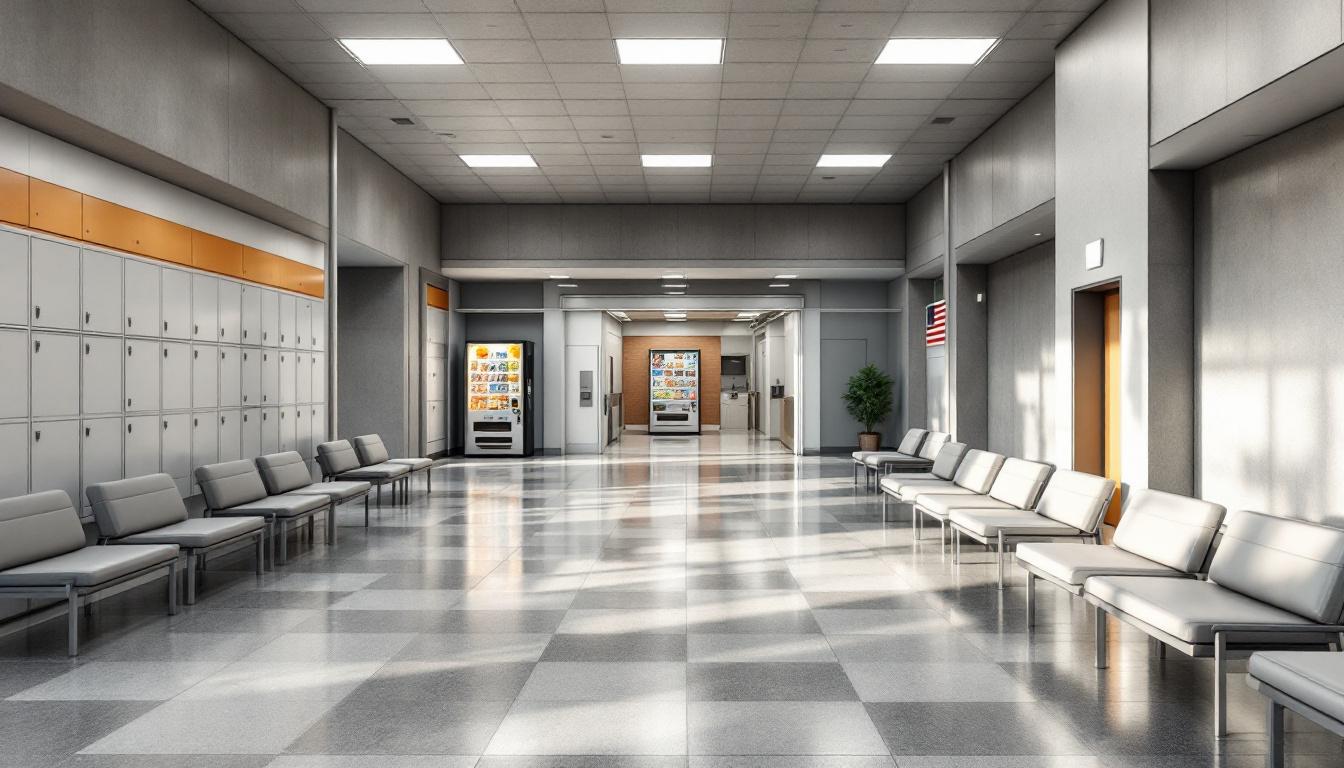
Structure defines every moment from morning wake-up calls to evening lights-out, creating a predictable framework that residents can rely on consistently. Today mirrors yesterday and tomorrow at this Arizona Department of Corrections facility, where scheduled activities deliver stability through their unwavering routine. Residents typically begin with early morning counts, followed by meal service, work assignments, and structured programming that fills the daylight hours in an orderly progression.
In addition to this regimented schedule, residents generally live in housing units that accommodate multiple individuals, with personal space limited to designated bed areas and small storage for approved belongings. Living arrangements may vary based on security classification and behavior, but most residents share common areas for dining and recreation. Meals are typically served at consistent times in centralized dining facilities, with menu options that meet basic nutritional requirements while accommodating some dietary restrictions and preferences.
Despite this structured environment, residents usually have access to recreational activities that may include outdoor exercise periods, television viewing in common areas, and library services when available. Work assignments often include facility maintenance, kitchen duties, or other operational tasks that contribute to daily operations while providing residents with routine responsibilities. Family connections remain important through scheduled visitation periods and phone privileges, though these communications typically operate within established security protocols and time limitations that help maintain the facility's overall structure.
Ready to Connect?
Start communicating with your loved one today
Search for an Inmate
